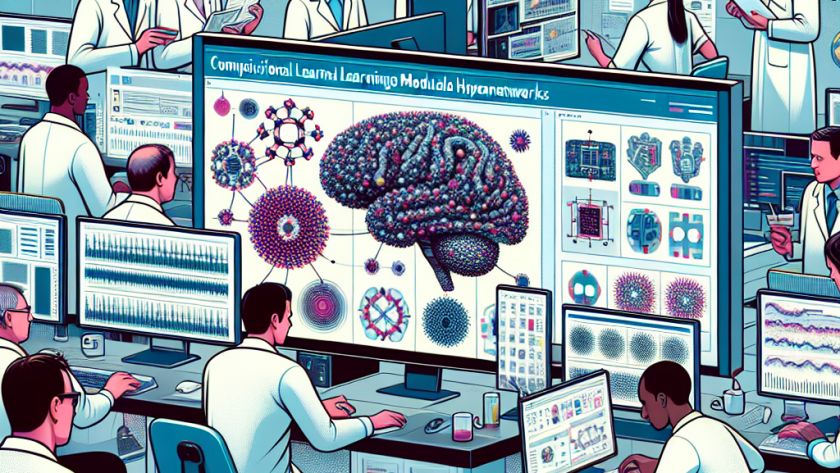Stability AI, a leader in the AI sector, has announced the release of Stable Audio 2.0, an innovative model that enhances and introduces new features from its predecessor version. The model significantly augments creative possibilities for artists and musicians globally.
At the core of Stable Audio 2.0 is its unique ability to generate full-length tracks…












